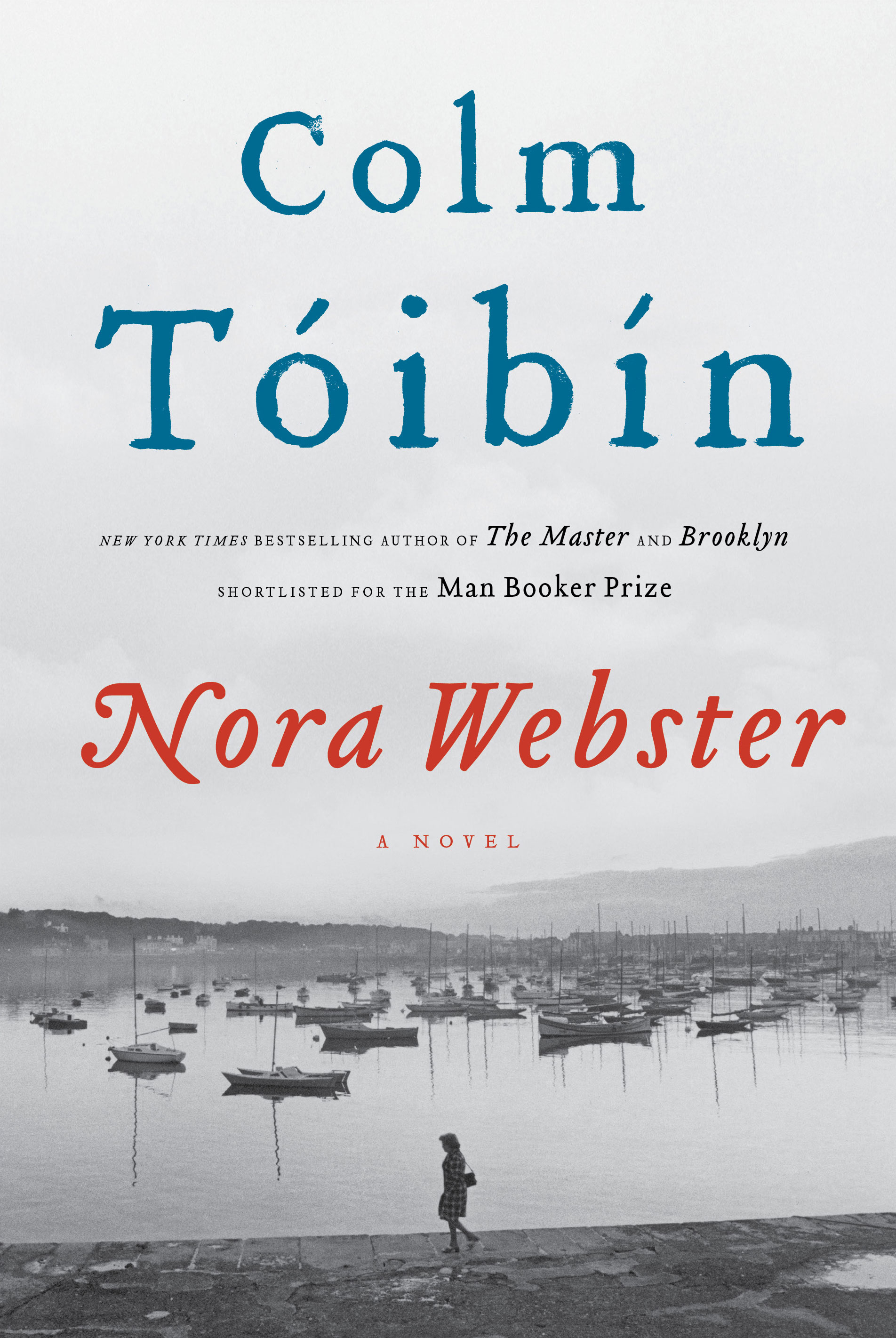 If you didn’t know, I am currently studying abroad this semester in the Netherlands and was on Spring Break, or as they call it here, Carnaval Break, last week. During that time, I visited both Scotland and Ireland and had a wonderful time. I went to an Irish bookstore and found an Irish novel to read (mostly because I had zero cellular data in Ireland), and seeing as yesterday was Saint Patrick’s Day, I figured I would share my thoughts on the book “Nora Webster” by Colm Tóibín.
If you didn’t know, I am currently studying abroad this semester in the Netherlands and was on Spring Break, or as they call it here, Carnaval Break, last week. During that time, I visited both Scotland and Ireland and had a wonderful time. I went to an Irish bookstore and found an Irish novel to read (mostly because I had zero cellular data in Ireland), and seeing as yesterday was Saint Patrick’s Day, I figured I would share my thoughts on the book “Nora Webster” by Colm Tóibín.
Before we get started, I wanted to give a brief history of Saint Patrick’s Day because while it is celebrated in the United States, its true purpose is often forgotten. St. Patrick’s Day, celebrated every March 17, honors St. Patrick, the patron saint of Ireland, who is credited with spreading Christianity across the country and using the shamrock to explain the Holy Trinity. Originally a religious feast day in the Catholic Church, it marked a time of prayer and reflection. As Irish immigrants brought the tradition to the U.S. in the 18th century, it evolved into a vibrant celebration of Irish culture, featuring parades, music, and the wearing of green. The book I am discussing today does not necessarily revolve around this holiday; however, it takes place during a time of major political and cultural changes in Ireland, so, without further ado, let’s get into this novel.
About the Book:
Colm Tóibín is renowned for his evocative storytelling and deep exploration of human emotions. Born in Enniscorthy, County Wexford, Ireland, in 1955, Tóibín’s works often draw from his personal experiences and the cultural and political backdrop of Ireland. His novels, including “Brooklyn” and “The Master,” have earned critical acclaim for their nuanced character portrayals and rich historical settings. “Nora Webster,” published in 2014, is rooted in Tóibín’s own upbringing in Enniscorthy. The novel is set in the late 1960s and early 1970s, a period marked by social change and political unrest in Ireland. This historical context plays a subtle yet significant role in shaping the protagonist’s journey through grief and self-discovery.
“Nora Webster” tells the story of a middle-aged woman grappling with the sudden death of her husband, Maurice. Left to raise her two young sons, Donal and Conor, while her older daughters are away at school, Nora struggles to find her identity and independence in a conservative, tight-knit community. As Nora navigates her grief, she faces financial insecurity and the scrutiny of her neighbors. She gradually reclaims her life, finding solace in music and reconnecting with her former passion for singing. Throughout her journey, Nora’s character evolves from a reserved, grief-stricken widow to a woman who asserts her independence and embraces her individuality.
Review of the Book:
To be completely honest, I don’t have much of a positive or negative opinion on this novel. I neither liked nor disliked many different aspects of it, so instead of giving my opinions on it, I am going to focus more on the strengths and weaknesses of the novel, as well as sharing viewpoints from other reviews that may spark interest for other readers. One of the most striking aspects of Tóibín’s writing is his elegant prose and ability to capture the emotional complexity of his characters. The novel’s quiet, introspective nature allows readers to deeply empathize with Nora’s internal struggles and gradual transformation. Tóibín’s portrayal of small-town Irish life is authentic and vivid, with subtle details that reflect the social dynamics and cultural shifts of the era.
On the other hand, some readers may find the novel’s slow pace and lack of dramatic plot points challenging to get through. To put it bluntly, not much happens in this novel, and many scenes and plot points feel overly drawn out. The focus on Nora’s internal world and the gradual unfolding of her character arc requires patience and attention to detail, making it easy to miss important aspects of the situation. Additionally, while the novel provides rich character development for Nora, however, some supporting characters, such as her children and extended family, could have been more fully explored, though, I do understand that this is Nora’s story and not that of the other characters.
While I don’t necessarily have much of an opinion on this novel, I am glad that I picked it up in the first place. “Nora Webster” is a beautifully crafted novel that captures the quiet resilience of a woman rebuilding her life after loss. Colm Tóibín’s sensitive storytelling and deep understanding of human emotions make this a compelling read for those who appreciate character-driven narratives and historical fiction. While the novel’s deliberate pacing may not appeal to all readers, its emotional depth and authenticity make it a standout work in contemporary Irish literature, making it a wonderful book to celebrate the cultural excellence of Saint Patrick’s Day.
Discover more from Shelf-Promotion
Subscribe to get the latest posts sent to your email.

You must be logged in to post a comment.